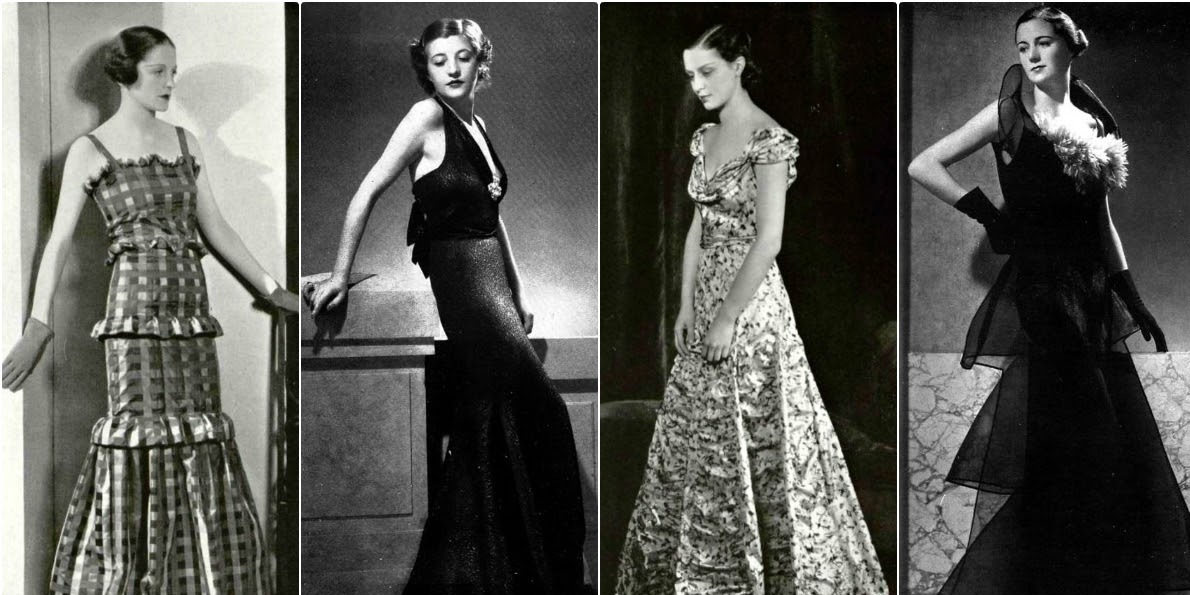Evening clothing is closely linked to current fashions. An evening dress is a specific dress that emphasizes a woman's femininity and frequently emphasizes her beauty.
The necklines are low, the arms are bare, and the bodices are tight.
In this article, we’re going through the history of evening dresses. So read and check out the best evening dresses for you.
Overview
Clothing historians agree that evening dress became a distinct category in the mid-1820s. So it’s likely not a coincidence that this style of clothing appeared same time as the movement in literature and art.
Additional cultural elements include expanded fabric manufacturing, a booming textile industry, and a growing ready-made garment sector. As a result, more resources are being available.
The 1820s had substantially revolutionized fashion.
The 1820s to 1890s
Women's outfits progressed out of an X-shaped cutout (1820s) to the emergence of the long enclosure dress (1850). Through the busy duration (1870–1890) and finished with an hourglass silhouette (1890s) in the last 80 years of the 19th century. The evening dress takes its persona from existing styles of every day in each period.
The use of luxurious and flexible gauze and smooth fabrics, neckline cut, or off-the-shoulder short sleeves. The luxury of surface decoration defined evening dresses. Skirts were particularly ornate, with layers of swags and embellishments like flower petals, ribbons, rosettes, and laces.
Trains were regularly filled with full-length dresses throughout the frenzy era and the 1890s.
The 1900s to 1940s
Women's clothing progressed from an S-shaped profile to a rebirth of Imperial designs to the flapper design of the 1920s to the bias-cut trends of the 1930s in the early years of the 20th century. Despite this, several evening gowns adhered to daytime dress codes. Skirt lengths vary as per style and often include complicated floating panels, draping, or layering.
Evening gowns remained floor-length in the 1930s, in contrast to daywear, which varied in length from mid-calf to ankle. Evening gowns were typically fashioned with an exposed back and material that skimmed the body to the hips before spreading out and down to the floor.
The 1940s and 2000s
The late 1940s and early 1960s saw the end of a singularly distinct evening trend. By the 1960s, there was a profusion of evening wear options. Evening gowns were restored to long dresses by the late 1960s. Pantsuits with full-leg trousers and palazzo pants combined with a matching top were also famous.
In the mid-1970s, trendy evening gowns were mainly long and made of soft, clingy fabrics. Evening gowns in the 1980s matched women and incorporated bright colors with an abundance of sparkle, embroidery, sequins, and beads. Mini-crinolines, or wide-skirted, short forms, were also fashionable. Basic slip dresses made of soft crepe materials became trendy in the 1990s. Finally, full-skirted, short, sleeveless evening gowns returned in the mid-1990s.
Present-day and time
Women wear evening dresses on informal fundraisers, beauty contests, balls, high school proms, and awards presentations. A gown will indeed contain a lowcut neckline, a constraining bodice, and opulent skirts. Regardless of the breadth of alternatives for modern evening wear for ladies.


